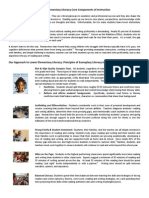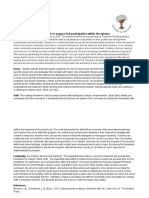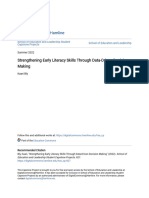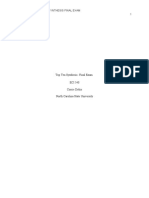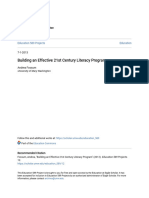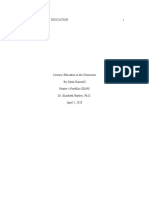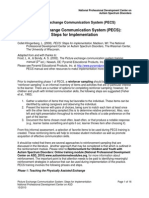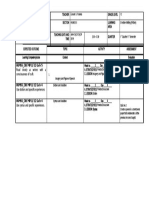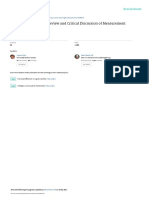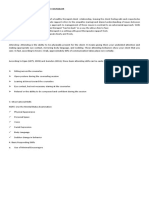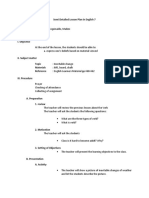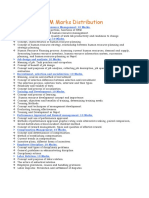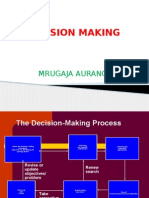0% found this document useful (0 votes)
137 views8 pagesDescription What We Know About Adolescent Reading
This document discusses strategies for improving adolescent reading skills. It recommends developing a shared conceptual model of reading, expanding the reading curriculum to include different text sources, and using proven instructional technology tools grounded in sound pedagogy. All teachers should help students become competent readers by explicitly teaching reading strategies and vocabulary in their subjects. Successful models show the importance of establishing a school-wide literacy plan that includes examining data, defining goals and steps, adopting common assessments, and seeking solutions that address all aspects of reading.
Uploaded by
Suasana ResmiCopyright
© Attribution Non-Commercial (BY-NC)
We take content rights seriously. If you suspect this is your content, claim it here.
Available Formats
Download as DOCX, PDF, TXT or read online on Scribd
0% found this document useful (0 votes)
137 views8 pagesDescription What We Know About Adolescent Reading
This document discusses strategies for improving adolescent reading skills. It recommends developing a shared conceptual model of reading, expanding the reading curriculum to include different text sources, and using proven instructional technology tools grounded in sound pedagogy. All teachers should help students become competent readers by explicitly teaching reading strategies and vocabulary in their subjects. Successful models show the importance of establishing a school-wide literacy plan that includes examining data, defining goals and steps, adopting common assessments, and seeking solutions that address all aspects of reading.
Uploaded by
Suasana ResmiCopyright
© Attribution Non-Commercial (BY-NC)
We take content rights seriously. If you suspect this is your content, claim it here.
Available Formats
Download as DOCX, PDF, TXT or read online on Scribd
/ 8















